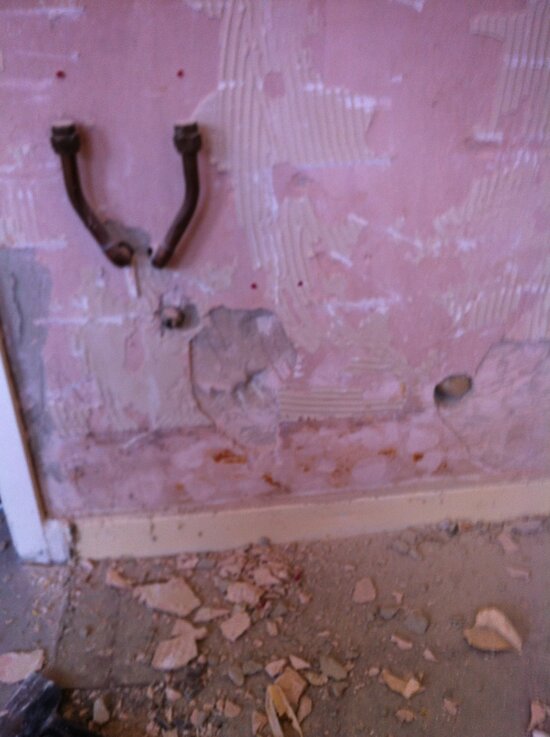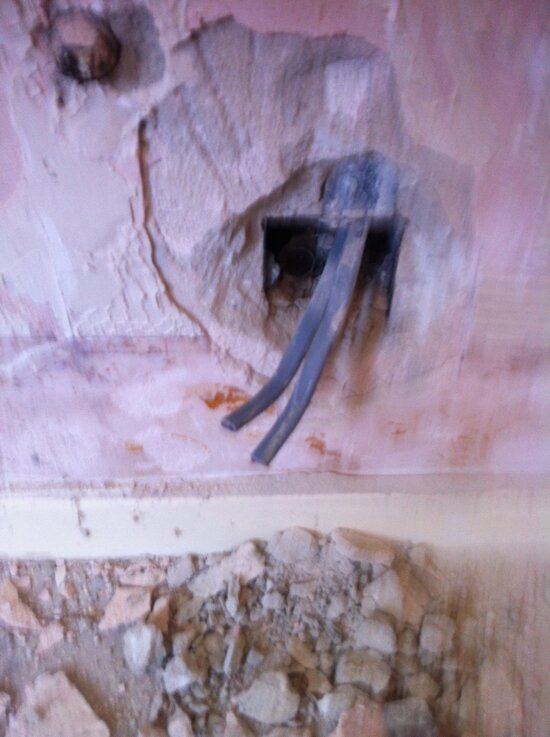S
SteveG
When I was an apprentice sparky back in the 1970's and we were rewiring houses or first fixing new houses/flats, I was taught a marking method for T&E that seemed to be common but undocumented throughout the industry.
I'm talking specifically about lighting circuits and the loop-in system.
At the ceiling rose there would be (normally) 3 twin cables. The L&N in and out would have a notch or bite taken out on the sheathing on the red side (brown now I know) and the switch wire would have a single line across it done by pliers. If there was a second light on the same switch this would have an X on it done by pliers.
At the switch; if it was a 2 way there would be 1 twin from the light and a 3 core+e (red/yellow/blue) between the 2 way switches.
The connections at the 2 way confused me at the time as to how they worked (but they did) I only worked it out much later.
The yellow would go in the common terminal and the 2 reds in SW1 and the blue and black in SW2 (and yellow in the common at the other switch.
Not done any house wiring in 35 years. Is it still done like this?
I'm talking specifically about lighting circuits and the loop-in system.
At the ceiling rose there would be (normally) 3 twin cables. The L&N in and out would have a notch or bite taken out on the sheathing on the red side (brown now I know) and the switch wire would have a single line across it done by pliers. If there was a second light on the same switch this would have an X on it done by pliers.
At the switch; if it was a 2 way there would be 1 twin from the light and a 3 core+e (red/yellow/blue) between the 2 way switches.
The connections at the 2 way confused me at the time as to how they worked (but they did) I only worked it out much later.
The yellow would go in the common terminal and the 2 reds in SW1 and the blue and black in SW2 (and yellow in the common at the other switch.
Not done any house wiring in 35 years. Is it still done like this?













